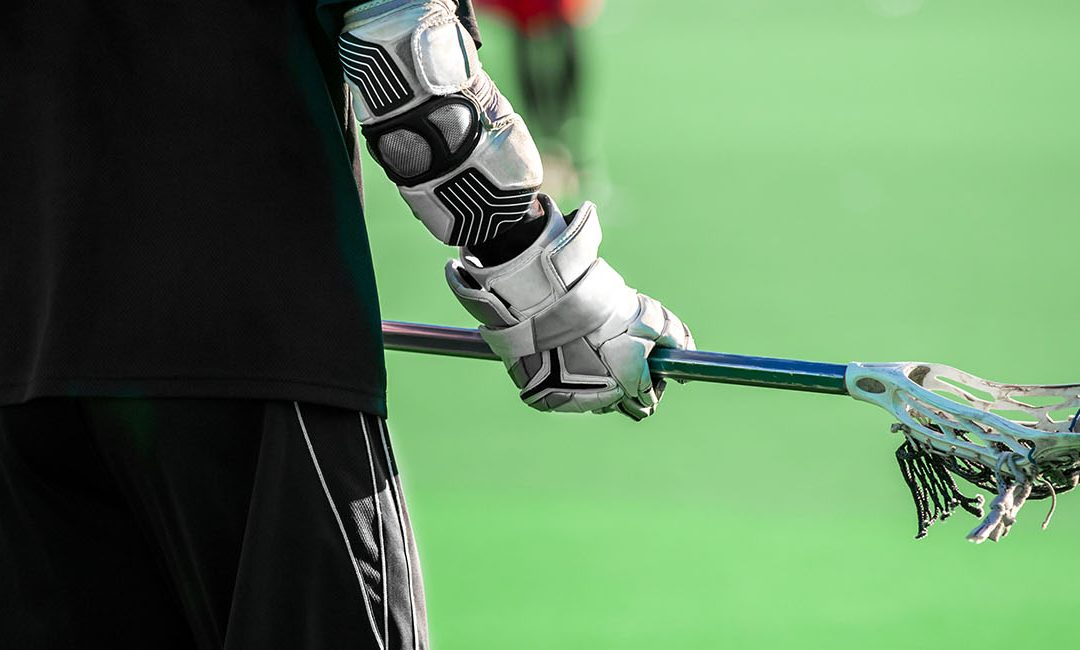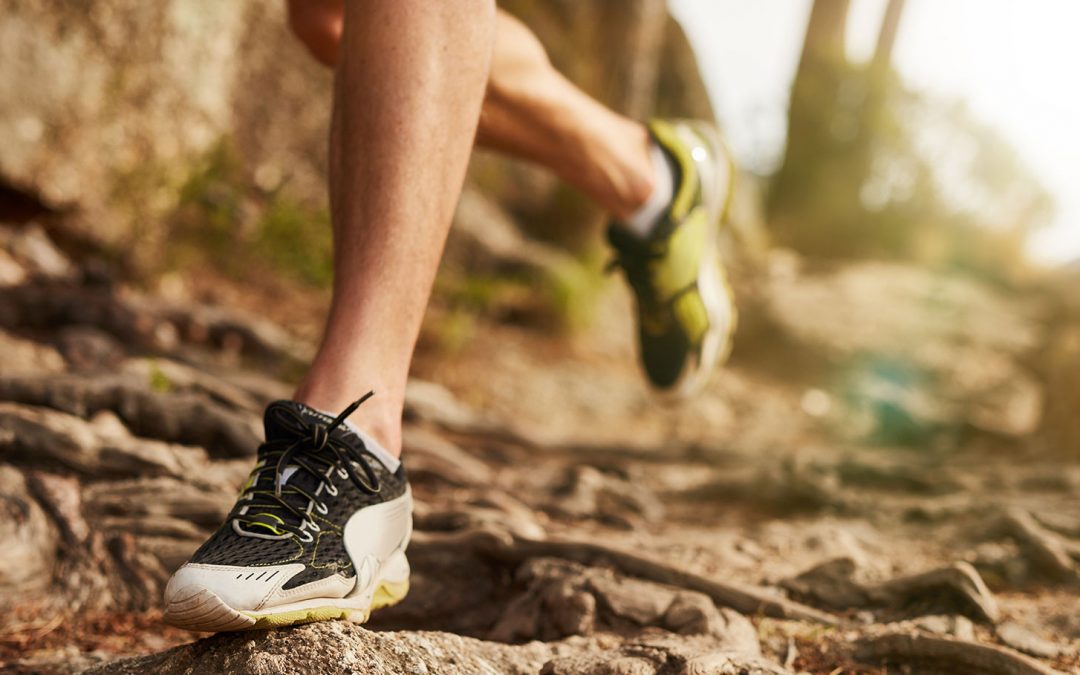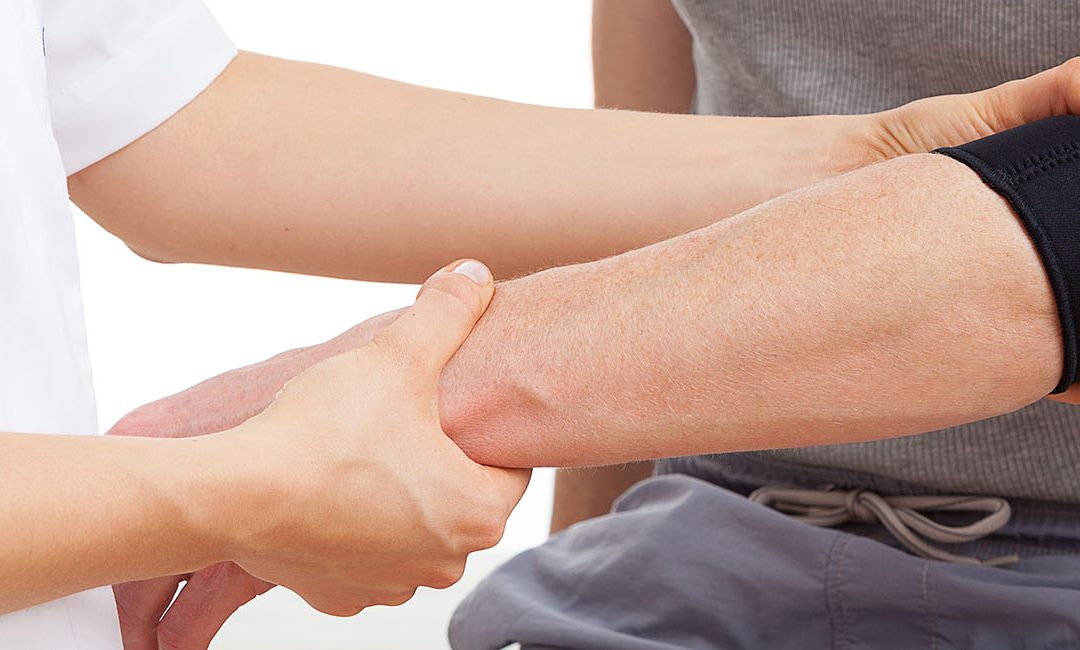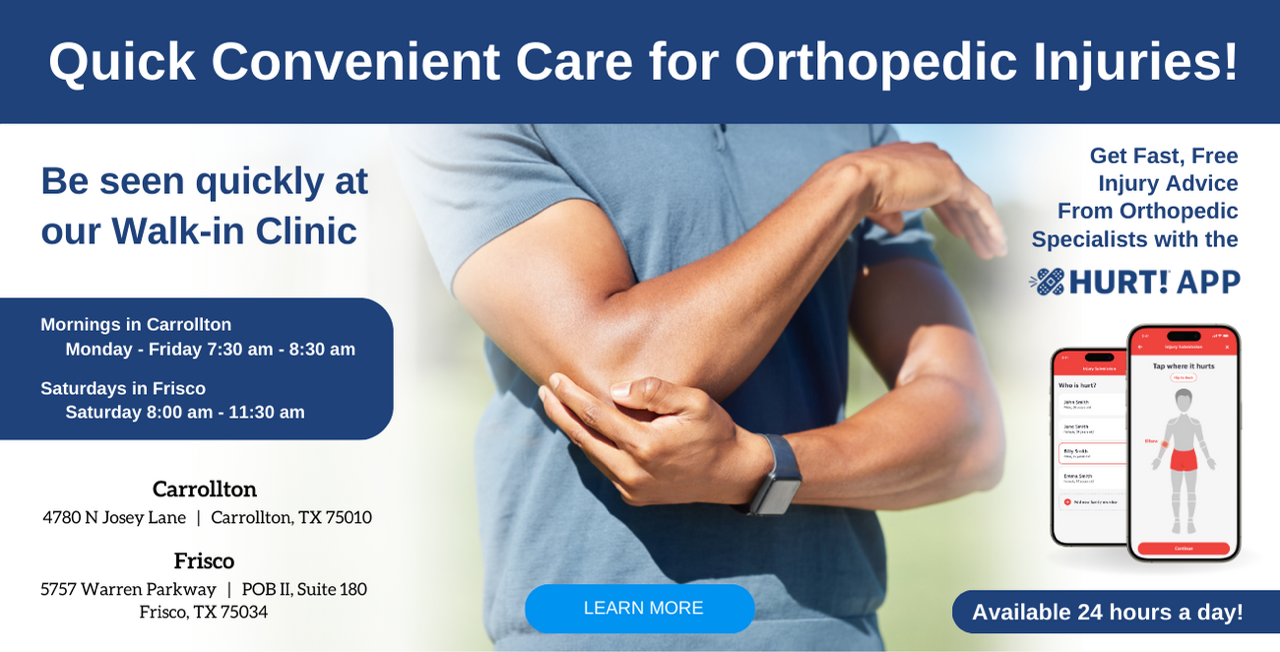Welcome To Our Blog

Hip Dislocation
Hip Dislocation is a traumatic injury that occurs when the top rounded part of the femur moves out of the pelvic socket known as acetabulum. The injury mainly occurs due to high impact car accidents. If not treated immediately, it may cease the blood supply to the top of the thigh bone, leading to permanent damage. In most cases, Hip Dislocation also involves injury to the ligaments, muscles, labrum, soft tissues and nerves in the joint. Hip Dislocation may be classified as: Anterior Dislocation: This involves forward rotation of the leg with the hip slightly bent. Posterior...

Congenital Scoliosis
Congenital Scoliosis can be defined as a sideways curvature of the spine due to a deformity present at birth. This means that the child’s spinal cord did not develop properly doing the initial four to five months of fetal growth. The condition is characterized by a twisted or rotated spine, which usually resembles the letter ‘C’ or ‘S’. Though the deformity is innate, the symptoms may not become apparent until the child attains adolescence. Causes One or more of the spinal vertebrae may form partially or completely fail to develop Bones may not get separated as they should be...

Femoral Fracture
The femur or thigh bone is the longest bone in the human body which begins near the hip and extends straight to the knee. A break/crack or displacement along the straight part of the femur (known as femoral shaft) is termed as Femoral Fracture. The injury can be classified into: Displaced Fracture - It involves change in alignment of a part of the bone Open Fracture - A bone may break and protrude out of the skin. Such fractures may cause damage to the surrounding muscles, ligaments, tendons etc. and can also lead to infections Closed Fracture - It involves breaking of the...

Ankle Arthritis: Causes, Symptoms And Treatment
The ankle, or the tibiotalar joint, connects the leg and foot. It comprises of various bones, muscles, blood vessels, tendons and ligaments. The joint bears maximum body weight, helps maintain body balance and absorbs external shocks while running, standing and walking. The bones are protected by a thick cartilage which prevents them from rubbing against each other. Ankle Arthritis is characterized by damage or gradual wearing out of this cartilage. Listed below are the different types of Arthritis that may affect the ankle joint: Rheumatoid Arthritis - It is a chronic...

Nursemaid’s Elbow
Nursemaid’s Elbow or Radial Head Subluxation is a common physical disorder affecting children in the age group of 1-7 years. The injury is also known as Pulled Elbow and Toddler’s Elbow. As the bones and joints of children are tender and still in a formative stage, there is an increased likelihood of dislocations. The elbow joint is made up of the upper arm bone, humerus, and two lower arm bones; ulna and radius. These are held together by the ligaments, muscles and tendons. The elbow further comprises into two joints: Humeroulnar joint, where the humerus meets the ulna and...

